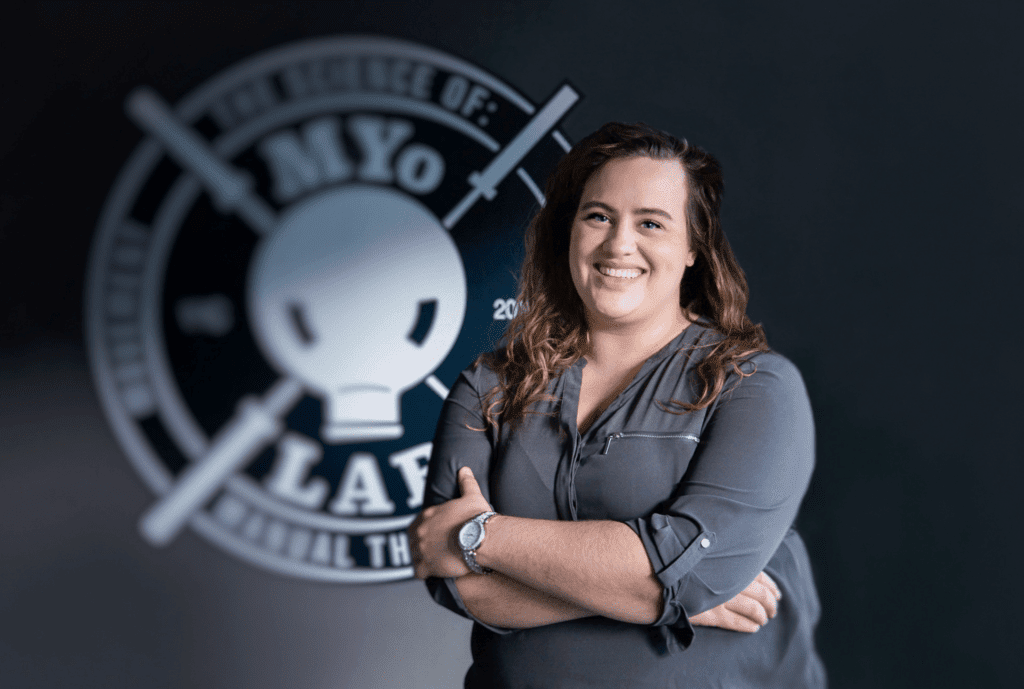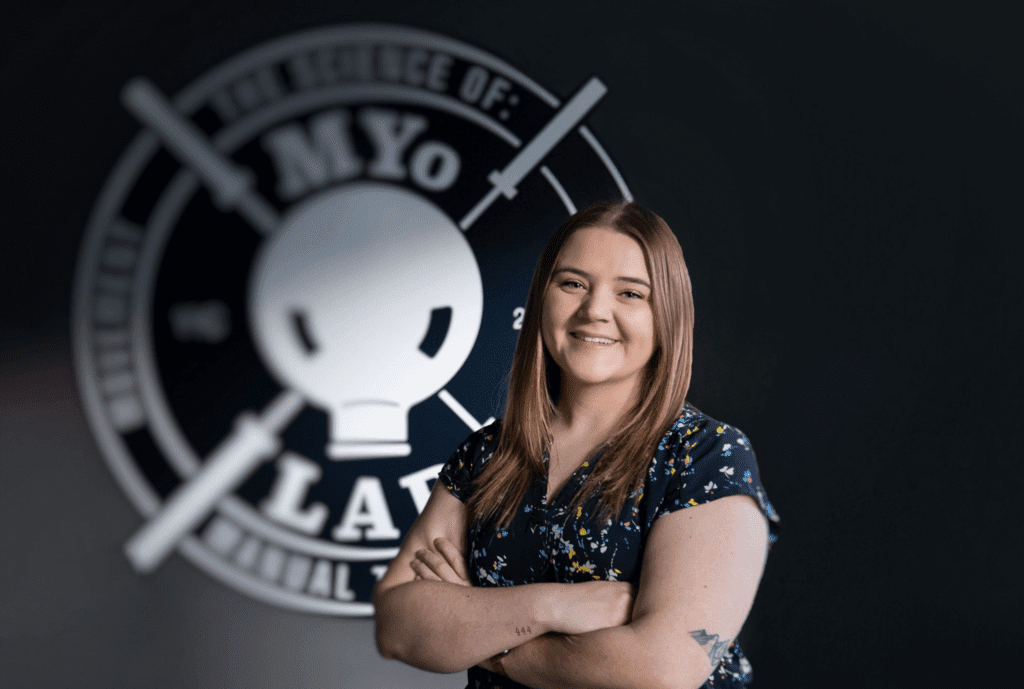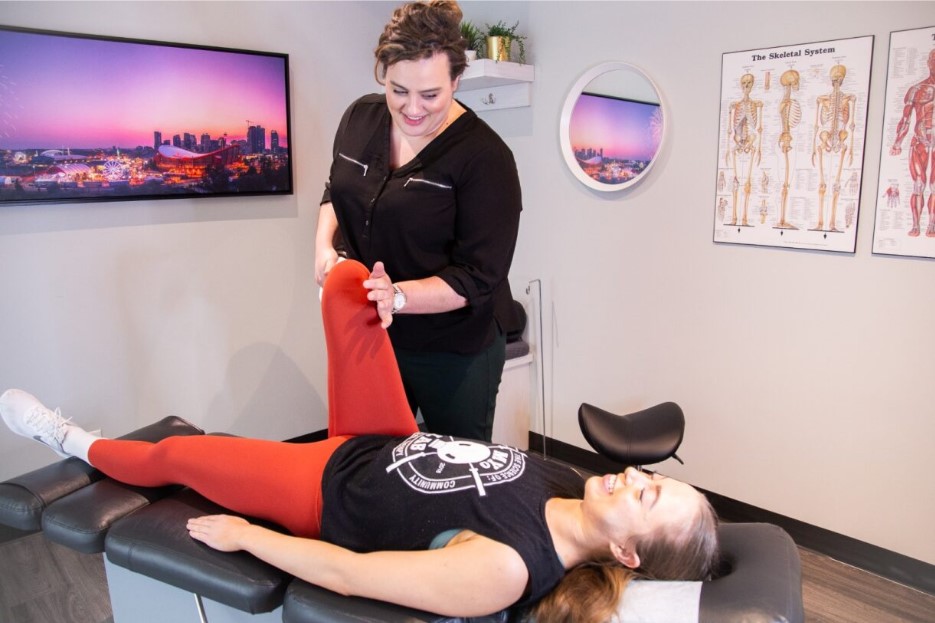Causes of Hip Pain
Hip pain could be a symptom of certain conditions, including but not limited to:
- Osteoarthritis (the most common type of arthritis caused by wear and tear on the joint)
- Rheumatoid arthritis (an autoimmune condition causing inflammation in the joints)
- Ankylosing spondylitis
- Injuries like fractures, dislocations, sports injuries, sprains and strains
- Bursitis (inflammation of the bursae, small fluid-filled sacs that cushion the hip joint)
- Tendinitis (inflammation of the tendons around the hip, often due to overuse)
- Labral tears (tears in the cartilage that follows the outside rim of the hip joint socket)
- Abnormal contact between hip bones causing joint damage
- Sciatica
- Tight muscles in the buttocks and hip
- Spine problems
- Hip dysplasia (a congenital condition where the hip socket does not fully cover the ball of the thigh bone, causing dislocation and pain.
- Snapping hip syndrome (a snapping sensation or sound in the hip due to tendons rubbing over the bone)
Sign and Symptoms
Some symptoms of hip pain include:
- Pain in the hip joint that may radiate to the groin, buttock, or thigh
- Stiffness or reduced range of motion in the hip
- Limping or difficulty walking
- Swelling or tenderness around the hip
- Clicking, popping, or snapping sensation in the hip.
How Chiropractors Treat Hip Pain

Your hip is no ordinary joint; it’s a powerhouse responsible for helping you perform a ton of work daily. After we assess your hip, our Chiropractors may treat hip pain using a variety of techniques to achieve three things: Improve joint function, reduce pain, and enhance overall mobility.
Here’s a breakdown of the methods used by our Chiropractors to treat hip pain:
Chiropractic Adjustments
Spinal Adjustments: By adjusting the spine, we help improve the overall alignment. This helps alleviate pressure on the nerves that might be contributing to your hip pain. It’s not just about the hip; a well-aligned spine can positively impact your entire musculoskeletal system.
Hip Joint Adjustments: Sometimes, the hip joint itself needs a little help. Our Chiropractors use gentle, precise adjustments to restore proper alignment and movement in the hip joint, which can significantly reduce pain and improve function.
Massage Therapy
Who doesn’t love a good Massage? Chiropractors use Massage techniques to relax and stretch tight muscles, improve blood flow, and reduce muscle tension. This can be incredibly soothing and effective in alleviating hip pain.
Exercise and Rehabilitation
Strengthening the muscles around your hip joint is crucial for stability. With the help of our Physiotherapy team, we may design a set of exercises tailored to your needs to help build muscle strength and support the joint.
Here at MYo Lab, we believe that motion is lotion! Flexibility is just as important as strength. Specific stretches can help increase your range of motion and reduce muscle tightness, which can alleviate hip pain.
Postural Assessment
This is often overlooked, but good posture can make a world of difference! We may assess your posture to identify imbalances or misalignments that might be contributing to your hip pain. Our team then offers advice and adjustments to improve your posture.
Modalities and Other Techniques
Gait Analysis: How you walk can also affect your hips. We may analyze your walking patterns to identify abnormalities and provide solutions to improve your gait, thereby reducing hip pain.
Shockwave Therapy: Applying electrical impulses to muscles and nerves can help reduce pain and improve muscle function. This is particularly useful for managing chronic pain conditions.
Low level light therapy: This is also an effective modality that can help with swelling and inflammation if they occur.
Custom Orthotics
Sometimes, hip pain starts from the ground up. Custom-made orthotics can correct foot alignment and improve overall body mechanics, thereby reducing stress on your hips.
Our Chiropractors offer a comprehensive approach to treating hip pain, addressing not just the symptoms but also the underlying causes. Our goal is to help you achieve mobility, long-term relief, and get back on your feet—literally and figuratively!





